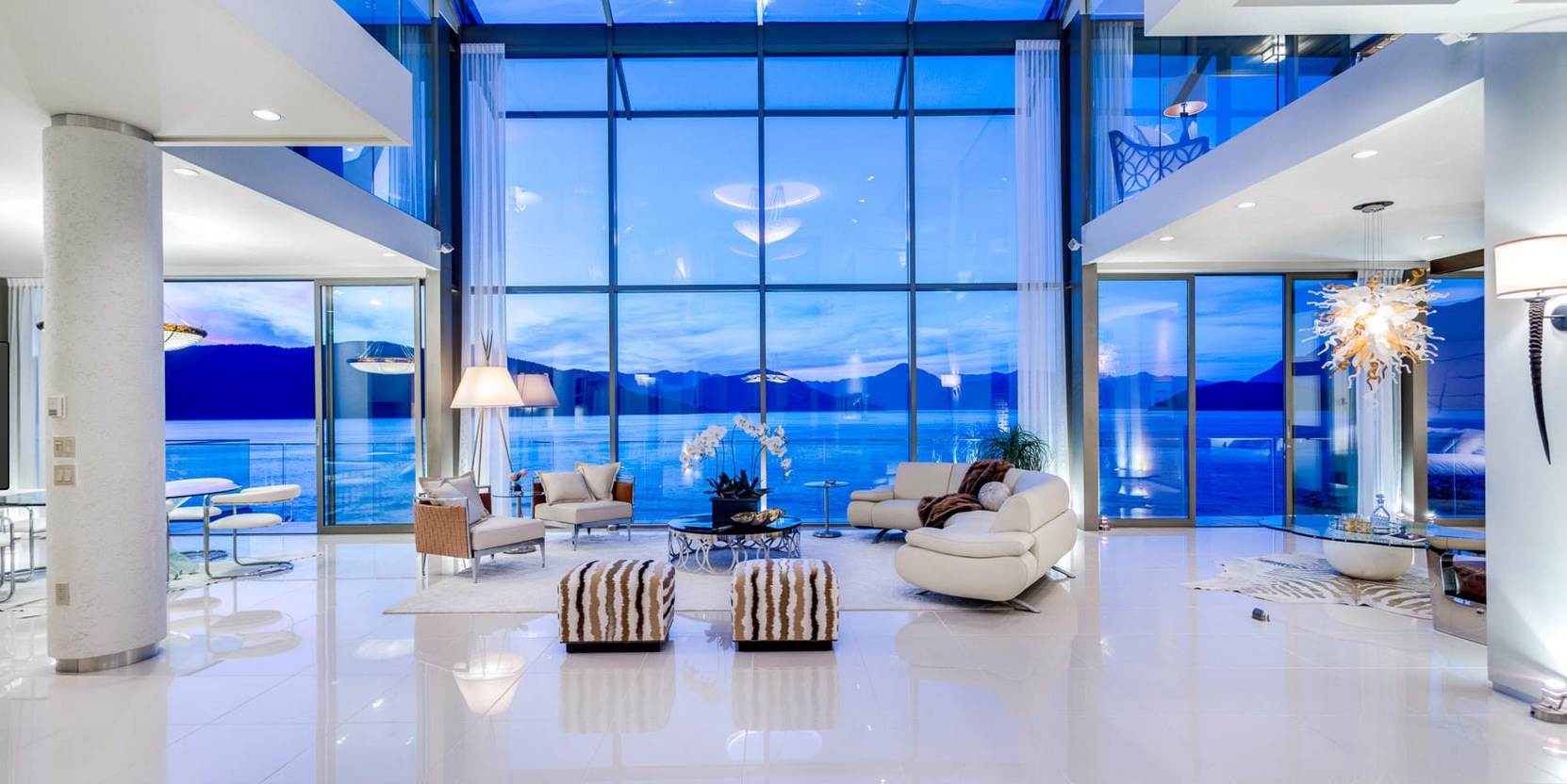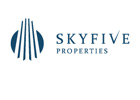Categories
Choose Language





Popular Posts
Using Rental Checklist to Increase Real Estate Income
Success in real estate investing, much like life in general, hinges on a person’s ability to attain and leverage resources. Consequently, a highly organized investor of rental properties has the best chance at scaling their investment business for maximum returns. Utilizing a rental checklist can be quite helpful for both the landlord and tenant. Tracking property conditions is an important way of creating satisfaction and avoiding unnecessary conflict in the world of real estate.
A number of clever tactics can be implemented to maximize rental income. Creative thinking is the key to success for any real estate investor. A smart landlord should maintain a balance between adding value to the property and improving their tenants quality of life. The ultimate goal is to bring innovation and organization into your property investment business. Following these guidelines will help to lead you into a brighter and more lucrative future.
Know What Potential Tenants Want
Before making upgrades to your property, it’s imperative that you first approach your property from the perspective of a tenant. Property upgrades will only be of benefit if all parties involved get to take advantage of the improvements. Many potential tenants will perform a thorough inspection of the property by working their way through a rental inspection checklist. The first improvements made should be those that most potential tenants would consider upon their inspection of the property.
New Tenant Rental Checklist
Here are some common items new tenants will want to check for when they first view the rental property:
- Inventory – This covers everything from the carpets, light bulbs, kitchen equipment, and washing machines, etc.
- Water Damages – Mold and dampness are among the most typical tenant grievances. Dampness problems are unsightly, hazardous, and could potentially compromise the property’s structural integrity.
- Water pipework – Faucets that are leaking or loose need to be fixed prior to a tenant moving in. They will be something that a savvy tenant will be looking out for.
- Fire alarms – These are required to be tested on a regular basis.
- Security and privacy – Safety is a top priority for any tenant moving into a new property.
Future Improvements
If you expect any of your potential tenants to use a condition of rental property checklist, then you need to ensure that you use this rental checklist as your own resource material when deciding on future improvements as it will clearly define what is most likely to be scrutinized. By addressing each of the areas mentioned above, you will be far more likely to have a reason to increase your rent as you will be offering a perfectly ‘rent-ready’ space.
First Impressions
There is no avoiding the fact that first impressions count a great deal. While making changes to the interior will offer fantastic advantages, there is no forgetting the importance of fixing up your property’s exterior appearance. Punch out walkthroughs offer the ideal opportunity to discover which items are non-operational/ defective etc…. before having a full apartment walk through with the tenant. Use this time to fully explore the quality of the fixtures and fittings. You will want there to be minimal queries and problems being brought to your attention once you have caught the interest of a new tenant.
Look out for hidden problems
We are often all too aware of the most obvious factors that can affect the rental price of a property, such as location, age, size etc., but less so for those that are harder to notice. These hidden issues can be a significantly damaging factor to rental rates, yet many of them can be relatively inexpensive to correct. Here are some of the main things to be mindful of:
- The condition of fittings, such as woodwork, white goods, double glazing, etc.
- Damaged/broken roof tiling
- Signs of dampness and water leakage
- Fungus and rottingPreventative Maintenance
There is no excuse to avoid seeking treatment for the aforementioned problems that can affect any property type. By investing in damp treatment and prevention, for example, you will be making an ideal investment into the current and future rental value of your property. When you consider the long term money saving potential before fearing the initial payout, you will more than likely reap the rewards for many years to come.
Rental inspections
Something that often gets overlooked or downgraded in terms of importance is how often real estate investors take the time to conduct an inspection of their properties. While it is important to check up on the tenants while they are living in your property and perform regular ‘safe and clean’ inspections, it is also just as vital to perform inspections upon tenants moving in and moving out of your property. Below are the main types of inspections every landlord should be performing.
Landlord Inspections
- The ‘moving-in’ inspection – This is completed upon a new tenant moving into your property. It should be properly documented with all of the relevant paperwork (including a move in checklist). This gives you and the tenant the opportunity to see eye-to-eye. You’ll document exactly what areas of the property can potentially lead to a reduction in the tenant’s deposit.
- Routine inspections – Every three to six months, you as a landlord should check in with your tenants. Conduct a routine inspection which seeks to monitor any damages that the tenant may have caused or those that you are responsible for fixing, such as leaks etc.
- Drive-by inspections – This type of inspection typically does not require forewarning and can happen at any time. You can observe the care of your property on a daily or weekly basis. You can then schedule a safe and clean inspection at a later date if you see any potential problems.
- The ‘moving-out’ inspection – A moving out inspection or punch out walkthrough is the best way to check up on the condition of your property when your tenant moves out. Conduct this inspection before the keys are taken away from the tenant. It covers you should there be damage to the property found between the move out date and when you come to check the space.
Each of the aforementioned inspections allows you and your tenant ideal opportunities to stay on top of any problems that may present themselves over time between tenants. When properly conducted, they will help you to perform more accurate and necessary changes, as opposed to simply making costly changes for the sake of doing so.
Condo Upgrades
The investment potential in regards to condo rental is impressive, which is why making small changes can improve the available opportunities for increased rental potential. You’ll want to do your due diligence and research if a condo is a good investment. And before making any renovations, familiarize yourself with the types of items the tenants conducting a condo inspection will be looking out for:
1. Hardwood flooring – The return for investing in hardwood flooring stands at an impressive 80%+ according to reports. It allows your property to not only rent faster but also at a higher rental figure.
2. Brand new appliances – tenants do not want to deal with worn out appliances. By replacing old appliances, you are significantly more likely to be able to increase your rental amount.
3. Renovating bathrooms and kitchen – While renovating these parts of your condo can be expensive, it can prove to be very rewarding in the long run. Bathrooms and kitchens that are likely to give you the return on your rental property that you are looking for.
4. Storage adaptations – Few tenants want to bring their own storage solutions to a new rental property. This is why any additional storage facilities will help to attract tenants.
Deciding on the Best Options
It is important to be practical and take a methodical approach to the changes property upgrades. Try to remember that your desired outcome is to always deliver value to future tenants. Look at the project as a series of jobs rather than one big renovation. Through that mindset, you will be able to produce a higher quality outcome. Use the information provided to you through tenant feedback. Allow the inspections process to direct you in the path you take when making changes. Plan your times wisely and understand how to navigate the home closing process. And finally, keep your costs and budget in mind throughout the entirety of the process. Remember that tax management will play an important role in your bottom line. Naturally, you’ll want to have an understanding of real estate vs personal property tax. Resist the temptation to over improve properties according to the standard that you have set for your living situation. These items will help you to accurately look at what changes will add value efficiently while simultaneously attracting new tenants.
Popular Posts:

Kaya Wittenburg
Kaya Wittenburg is the Founder and CEO of Sky Five Properties. Since the age of 10, real estate has been deeply ingrained into his thoughts. With world-class negotiation and deal-making skills, he brings a highly impactful presence into every transaction that he touches.
He is here to help you use real estate as a vehicle to develop your own personal empire and feel deeply satisfied along the way. If you have an interest in buying, selling or renting property in South Florida, contact Kaya today.














